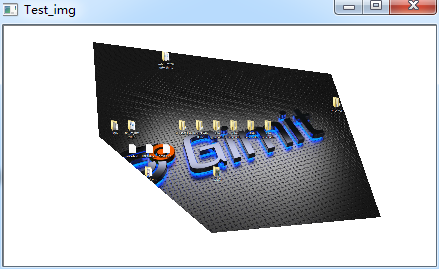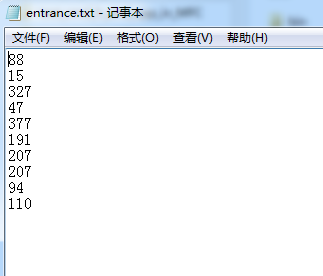opencv處理不規則多邊形ROI 之二
阿新 • • 發佈:2019-02-03
相對於上一篇部落格的功能擴充:
- 【1】從檔案中讀取座標點
- 【2】對座標點的個數沒有限制
- 【3】首先選取區域頂點的第一個和第二個頂點
- 【4】自動對區域的上半部分進行畫素值的變更(全為0或者255),只要我們有區域的座標點集
- 【5】自動對區域的下半部分進行畫素值的變更(全為0或者255),只要我們有區域的座標點集
- 【6】座標點集都放在了vector裡
程式碼展示
#include <opencv2/opencv.hpp>
#include <iostream>
#include <vector>
#include <fstream>
#include <string> 結果展示
結果圖:

原圖:


